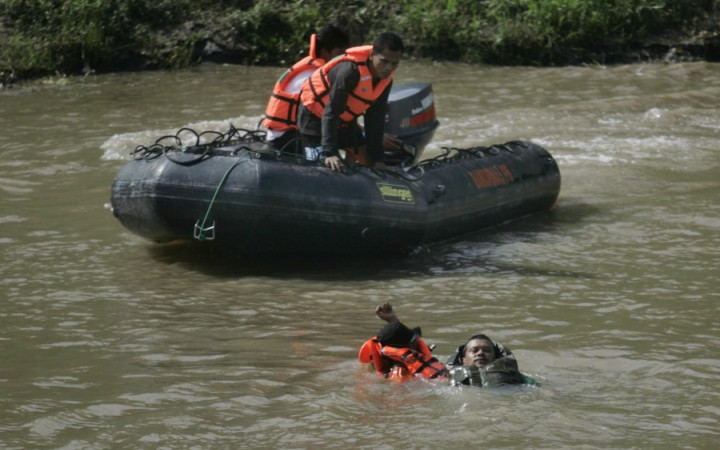Today’s Wonder of the Day was inspired by aj. aj Wonders, “is it still a rule that lady's and kids get on a life boat first” Thanks for WONDERing with us, aj!
Do you like to go boating? Do you cruise along on a personal water craft? Maybe you’ve ridden on a barge or even a cruise ship. Or perhaps you’ve zoomed across the water on a speedboat! It can be so much fun to sail the high seas…or a river…or a lake…or even a small pond!
Boats have been around for centuries. They go back to ancient people. They had a desire—and a need—to reach the other side of large bodies of water. The first boats may have been nothing more than simple rafts. They could have been made out of a few tree limbs tied together. Such a basic boat wouldn’t have gotten you far. Still, they helped early people cross safely to the other side of streams and rivers.
These early people couldn’t have guessed how large and sophisticated boats would become. Today, some craft are so large that they carry many other little boats with them in case of emergency. What are we talking about? Lifeboats, of course!
Lifeboats are meant to be used only in case of emergencies. It’s an unfortunate truth that some large boats sink. In these cases, lifeboats can keep passengers and crew members safe until help arrives.
Lifeboats are usually small craft. They carry minimal supplies, such as oars and life preservers. They are not meant to be comfortable for a long voyage. They’re mainly meant to float, which is all you need if your main craft fails that basic test.
The term “lifeboat” is also used for another type of craft that responds to more than just emergencies. They’ve also been around for hundreds of years. The first lifeboats were simple rowing vessels. Today’s modern lifeboats can be large crafts able to patrol the oceans.
These full-time lifeboats are sometimes called rescue lifeboats. They are used by local groups that patrol coastlines. They help any boats that may come under duress. Lifeboats might help other craft make their way through dangerous waters. They might also help fix boats that have been damaged.
In the worst scenarios, rescue lifeboats can rescue passengers and crew members from sinking ships. Most of them are equipped for search and rescue missions. Their crews usually have special training. This allows them to help those in distress at sea. For example, the United States Coast Guard operates many rescue lifeboats off the coasts of the U.S.
Where can you find these rescue lifeboat stations? Experts say the earliest ones were operated along the banks of the Yangtze River in China. The Yangtze’s waters are quite treacherous. This often leads to the need for rescue lifeboats. Similar stations then popped up along coastlines around the world. This includes areas such as the Outer Banks of North Carolina in the U.S.
Have you ever seen a lifeboat? If you go for a ride on a large ship, you’re sure to come across them. They’re a very important safety feature on many vessels. Most people hope to never be in need of a lifeboat, but in the case of emergencies, they certainly come in handy!
Standards: CCRA.L.3, CCRA.L.6, CCRA.R.1, CCRA.R.2, CCRA.R.4, CCRA.R.10, CCRA.SL.1, CCRA.W.4




